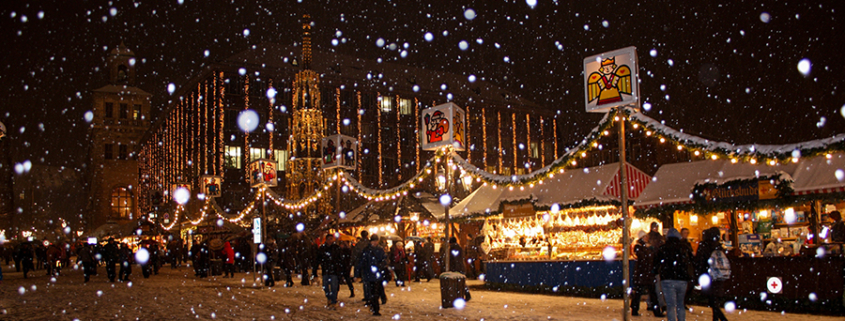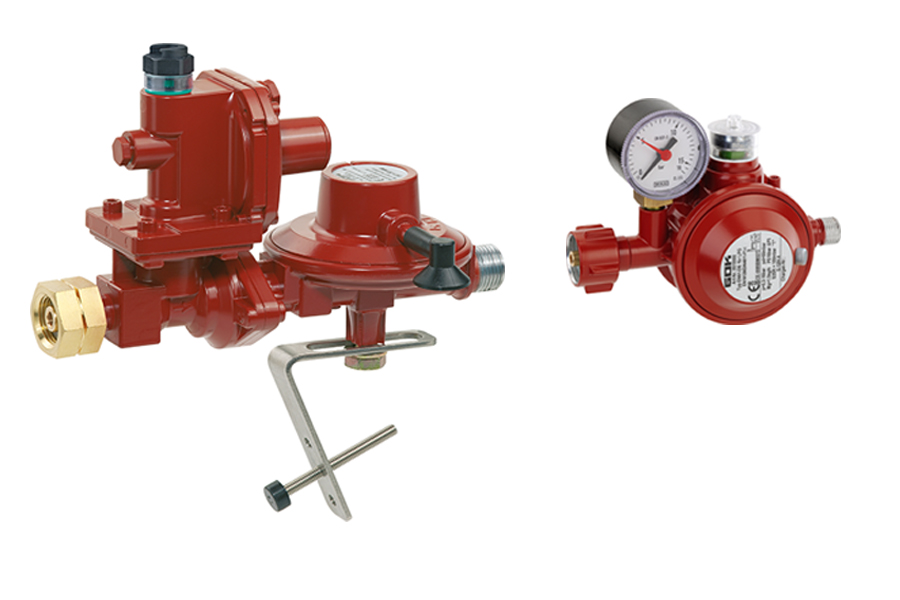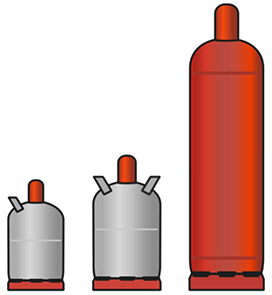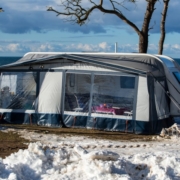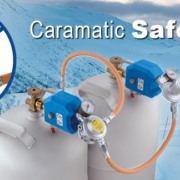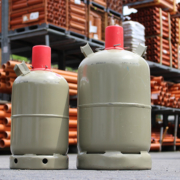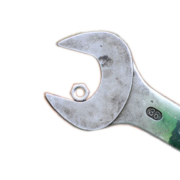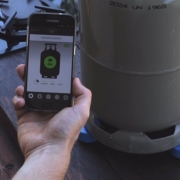What regulations with regard to LPG are applicable for stalls and snack bars at Christmas markets?
Throughout Germany, from the end of November, Christmas markets open their gates and people start looking forward to warming drinks and festive dishes. To provide visitors with plenty of delicious treats, many stallholders make use of LPG, i.e. propane and butane, to supply their gas barbecue, gas stove and radiant heater.
Due to a lack of technical knowledge, many hospitality businesses use insufficient components in the LPG system or do not use safety-relevant fittings because they simply do not know the regulations, or have not been made aware of them. However: What regulations now apply to operators of stalls and snack bars at Christmas markets?
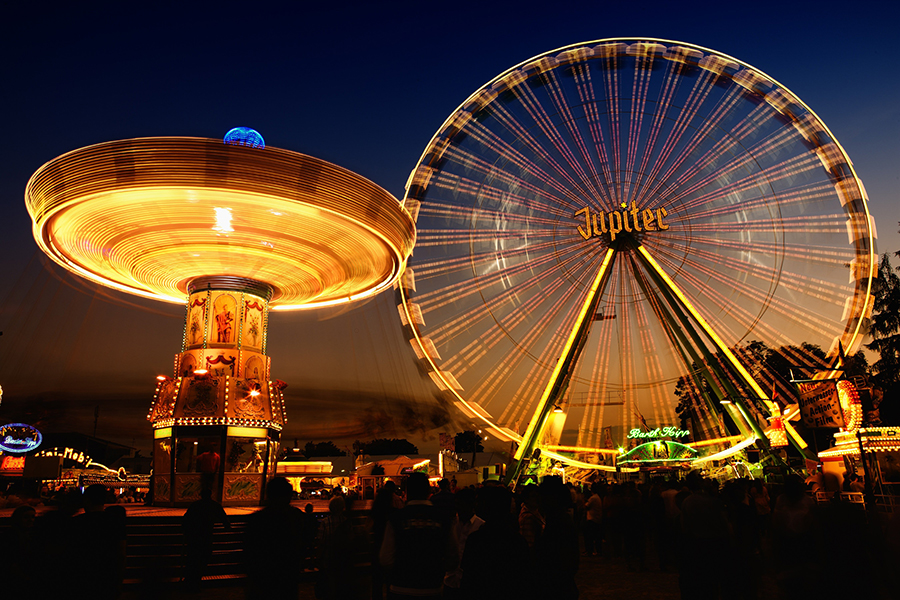
Many stalls at Christmas markets use LPG (propane) to operate the gas equipment. It is important for operators to know where to install the respective cylinders and what they have to pay attention to when it comes to components such as pressure regulators.
Safety through S2SR, OPSO and PRV
If you use an LPG system for commercial purposes, regulation 110-010 of the German Accident Insurance Act (DGUV 110-010) applies. At the end of the article, you will find helpful links to the rules and regulations mentioned. DGUV 110-010 requires the use of pressure regulators either with the safety devices OPSO (SAV) and PRV respectively UPSO or with over-pressure safety device S2SR.
Pressure regulator type FL90-4 with OPSO and PRV (left) and type EN61-DS with S2SR (right).
The S2SR is only integrated with fittings with an output of up to a maximum of 1.5 kilograms of LPG per hour. You can either connect these pressure regulators directly to the gas cylinder or use them in a multiple cylinder system. The same applies to many pressure regulators with OPSO (SAV) and PRV, for example type FL 90-4 for the cylinder and as a pressure regulator in a cylinder system. They usually have a maximum output level of 4 kilograms of LPG per hour.
Which cylinder where?
You are allowed to operate up to two 5 or 11-kilogram cylinders in a stall, hut or kiosk. Nominally, it is not forbidden to also operate a 33-kilogram cylinder indoors – but by no means in combination with a smaller cylinder. However, it is difficult to operate a 33-kilogram cylinder indoors for two reasons:
- A safety range of two metres must be observed around the gas cylinder according to DGUV 110-010. There must be no sources of ignition, cellar openings, channel inlets without liquid closures, open windows and fires within this protected area. This is probably impossible in most stalls.
- Pressure regulators for 33-kilogram cylinders have a pressure relief valve (PRV). Of course, the discharged gas must not accumulate in the room. For this reason, a discharge line must lead outside, which is difficult at Christmas markets.
In addition, there is a recommendation to secure gas equipment indoors with a thermal shut-off device “T” (TAE). The corresponding pressure regulators do not have such a safety device.
For the above reasons, we recommend that you install the 33-kilogram cylinder outdoors. If you plan a system consisting of several 33-kilogram cylinders, it will have to go outside anyway.
Excess flow device
As in many other areas, excess flow devices are also required at Christmas markets as soon as the hose assembly is longer than 40 centimetres. Further details can be found in paragraph 10 of DGUV 110-010.
Heating with LPG
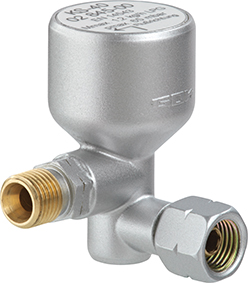
A device according to DIN EN 14543 must be fitted ex works with anti-tilt protection. If you have not yet installed an anti-tilt device, however, retrofitting is relatively simple. Simply loosen the hose assembly from the pressure regulator and screw in the anti-tilt device between them.
Replacement periods
It is necessary to have system components such as a pressure regulator, hose assembly, excess flow device and shut-off device replaced eight years after the date of manufacture at the latest. The components may also remain in a system for longer if a qualified person (expert) confirms the proper condition of the system.
This article is only an extract of the regulations which must be complied with by the operator. We recommend always contracting a specialist for repair work, maintenance and conversion, who can give you exact advice on site.
Please observe the requirements of DGUV regulation 110-010 and DGUV principle 310-005 for maintenance and inspection.
